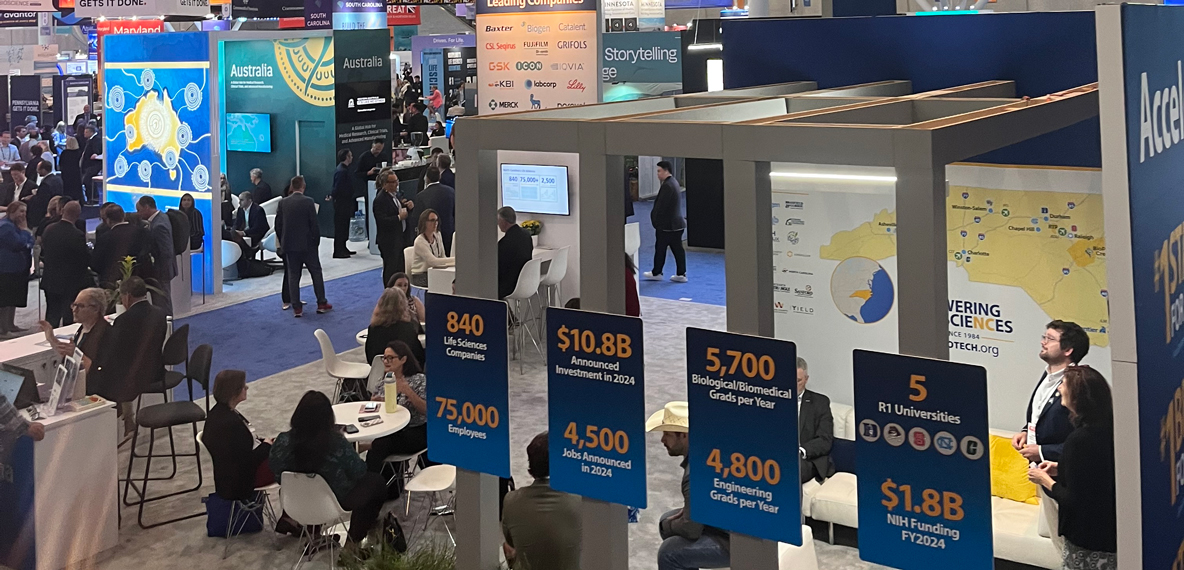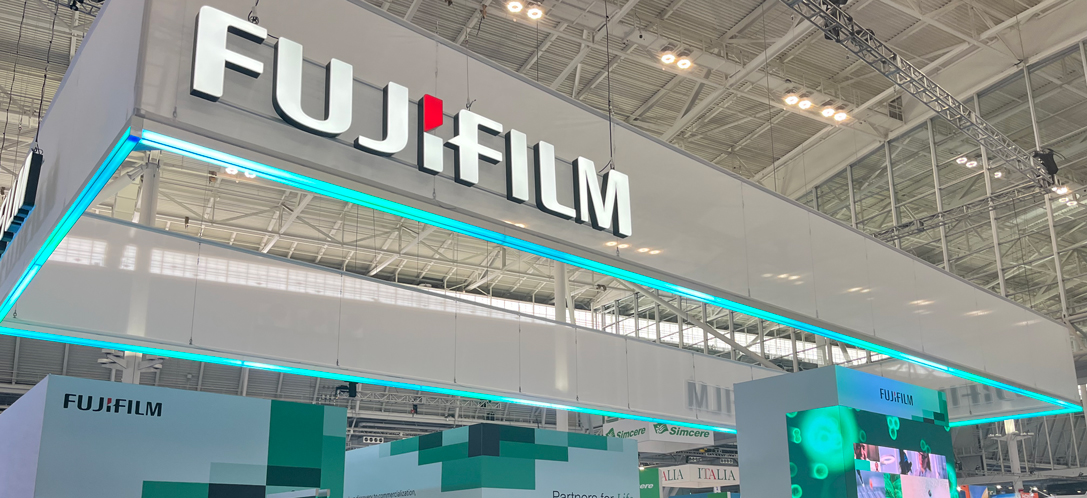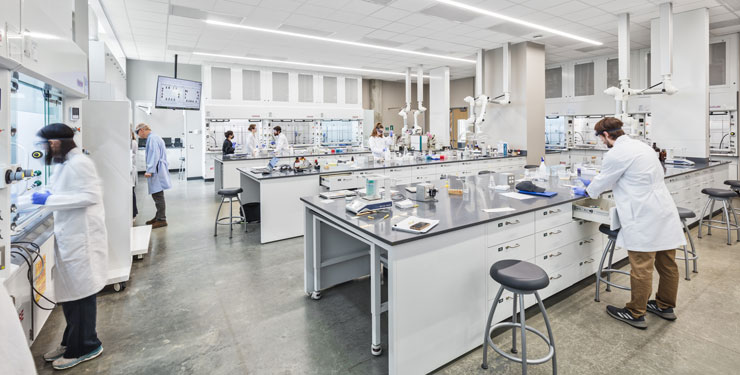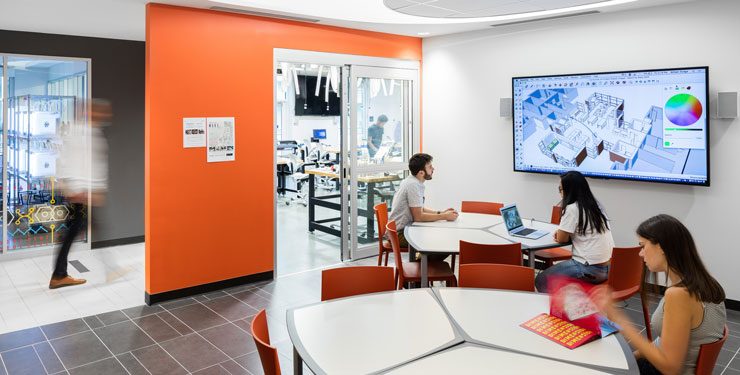
BIO 2025: Advancing Life Sciences Through Innovation and Facility Design

The BIO International Convention 2025 returned with great energy this year, gathering thousands of professionals from the life sciences industry. Held in Boston, MA, one of the country's leading biotech hubs, the event offered an unmatched opportunity to connect, learn, and explore the industry’s momentum. BHDP was proud to participate, engaging with clients, listening to emerging priorities, and reflecting on how the built environment supports life sciences companies in doing their best work.
Key Conversations from the Exhibit Floor
Walking the show floor offered a clear look at where the industry is headed. BHDP visited with several major players, including Fujifilm, Resilience, Catalent, and Charles River Laboratories. These conversations underscored a shared focus on flexibility, speed, and future-ready facility planning—priorities that are becoming essential as companies strive to accelerate innovation while managing uncertainty.
Today’s leading organizations understand that future labs and preclinical pilot spaces won’t be defined by one-size-fits-all models. To remain competitive, these environments must support operational flow, reduce inefficiencies, and anticipate change. Thoughtful planning around flexibility in design can help minimize costly disruptions and construction down the line, especially as science evolves or strategic priorities shift. For leaders, this means taking a deeper look at how operations connect to physical space—and designing with those connections in mind.
Equally impressive was the strength of regional partners. Ohio Life Sciences and the North Carolina Biotechnology Center showcased their growing ecosystems and demonstrated how innovation is thriving well beyond traditional coastal markets. These groups highlighted the valuable contributions of local talent, infrastructure, and investment in shaping the future of biotech.

Trends Shaping the Discovery & Science Industry
Several major themes emerged throughout the week. Artificial intelligence is becoming a key driver in both biotech and MedTech, with applications ranging from research acceleration to advanced diagnostics. The integration of AI is helping organizations rethink their approach to discovery and determine how quickly they can bring new solutions to the market.
As AI continues to evolve, it's also reshaping the physical environment—requiring new infrastructure to support automation, data-driven workflows, and hybrid systems. Thoughtful planning around integrating AI into life science design is helping organizations create environments that accommodate these changes while driving efficiency and innovation.
There is also a renewed sense of optimism. As inflation cools and interest rates begin to stabilize, many companies, especially small and midsize ones, are preparing to reengage, expand, or launch new initiatives. This momentum is supported by recent federal legislation that rewards domestic investment in buildings and equipment, encouraging firms to build and upgrade U.S.-based facilities. These incentives help reduce financial risk while promoting supply chain resilience and long-term competitiveness.
Looking Ahead: Elevating the Laboratory Experience
BIO 2025 reflected the direction of the industry and the people driving it forward. The energy in Boston was fueled by collaboration, innovation, and the belief that life sciences can address some of the world’s most urgent challenges. As these shifts occur, the role of the built environment has never been more crucial. Whether companies are expanding operations, adjusting their research focus, or pursuing greater efficiency, their physical spaces must align with business objectives and scientific requirements.
At BHDP, we design adaptable, high-performance research environments that align with business goals, foster discovery, promote safety, and meet regulatory requirements. Whether you're planning a new lab, repurposing existing space, or adapting for AI and advanced technologies, BHDP’s research facility design expertise can help you create spaces that support breakthrough thinking and long-term impact.
Contact us to discuss how your facility can be designed to accelerate innovation and adapt to tomorrow’s scientific challenges.
Content Type
Date
July 29, 2025
Market
Topic
Laboratory Design


